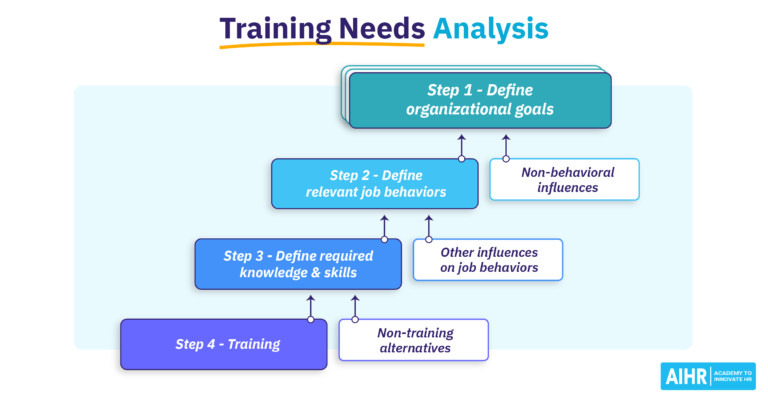Introduction to TNA Board
If you’ve ever tried to figure out what training your employees need to improve their performance, you might have come across the term TNA Board. But what exactly is it, and why is it important for businesses of all sizes?
What is TNA?
TNA stands for Training Needs Analysis, a systematic process used by organizations to identify gaps between current employee skills and the skills required to achieve business objectives. The TNA Board is a visual tool that helps you organize and track this analysis effectively.
Purpose of a TNA Board
The main function of a TNA Board is to streamline the process of identifying training needs across the organization. It helps businesses prioritize which skills need development, monitor progress, and ultimately enhance overall performance by filling those gaps with targeted training programs.
Key Components of a TNA Board
A TNA Board isn’t just a fancy chart. It has several key elements that help in effectively managing your Training Needs Analysis process.
Identifying Skill Gaps
The first step in using a TNA Board is identifying where your employees are falling short. This might involve assessing their current performance against specific tasks or broader business objectives.
Setting Training Priorities
Not all skill gaps need to be addressed immediately. A TNA Board helps prioritize training needs based on the most urgent and critical skills required by the business.
Tracking Employee Progress
A good TNA Board doesn’t stop at identifying and prioritizing needs. It also tracks the progress of each training program, helping managers and HR teams measure effectiveness and make adjustments where necessary.
How a TNA Board Functions
Gathering Data for TNA
Data collection is key to a successful TNA. This involves gathering information on employee performance, company objectives, and existing training programs.
Using the TNA Board to Visualize Results
The TNA Board visually represents the analysis, making it easier to digest and act upon the findings. It allows you to map out the specific skills that need development and align them with relevant training programs.
Tools for Effective Data Collection
- Surveys and Questionnaires: These are great for gathering large-scale feedback from employees.
- Interviews: One-on-one interviews help in understanding individual training needs.
- Performance Assessments: These are more formal ways to measure the effectiveness of current training programs and identify areas of improvement.
Creating an Effective TNA Board
Steps to Build a TNA Board from Scratch
- Identify business objectives
- Assess current employee skill levels
- Identify skill gaps
- Prioritize training needs
- Develop and implement training programs
- Monitor progress
Selecting the Right Tools and Software
There are plenty of software solutions that can help you create a digital TNA Board, allowing for real-time updates and collaboration across teams.
Best Practices for TNA Implementation
Aligning TNA with Business Goals
Always ensure that your TNA aligns with broader business objectives to maximize its effectiveness.
Regularly Updating the TNA Board
A TNA Board isn’t a one-and-done deal. It should be regularly updated to reflect changing business needs and employee development.
Common Mistakes to Avoid with TNA Boards
Overcomplicating the Process
Keep it simple. Don’t overload the board with too much data, as it can make the process overwhelming.
Ignoring Employee Feedback
Your employees are the ones who will be directly impacted by the training programs. Ignoring their feedback is a big mistake.
Case Studies on Successful TNA Board Implementations
Corporate Success Stories
Many large organizations have successfully used TNA Boards to drive employee development and improve overall performance.
Small Business Examples
Even small businesses can benefit from a simple TNA Board to manage their training needs more effectively.
Conclusion
A TNA Board is an invaluable tool for any organization that wants to stay ahead of the competition by continuously developing its workforce. By identifying skill gaps, prioritizing training needs, and tracking progress, businesses can improve efficiency, enhance employee satisfaction, and align their training programs with long-term goals. Whether you’re running a large corporation or a small business, a well-implemented TNA Board can make a huge difference.
FAQs
- What is the purpose of a TNA Board?
A TNA Board helps identify and prioritize training needs to improve employee performance and meet organizational goals. - How often should a TNA Board be updated?
Ideally, a TNA Board should be updated regularly—at least annually or whenever there are significant changes in business objectives. - Can small businesses benefit from a TNA Board?
Yes, even small businesses can benefit by focusing their limited resources on the most crucial skill gaps. - What are the key challenges in implementing a TNA Board?
Some common challenges include data collection, aligning training with business goals, and ensuring regular updates. - How does technology enhance TNA Boards?
Technology like AI and automation can make data collection easier and help with real-time updates, making the process more efficient.


